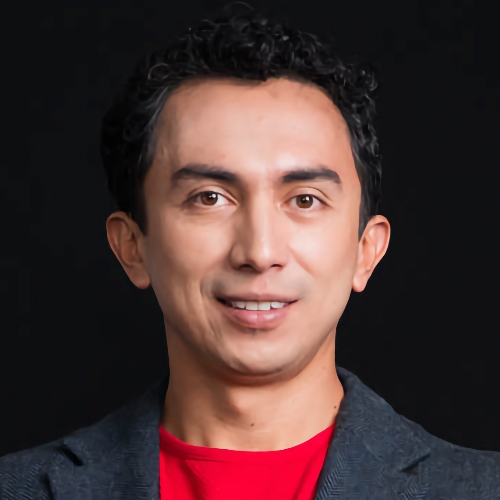Blog
The development of Artificial intelligence consists of three stages. Which one are we in?
 Manuela Cardenas
Manuela Cardenas
Manuela Cardenas
Marketing SpecialistAt the end of 2022, ChatGPT was launched, for those who are not familiar with it yet, it is a chatbot that uses generative artificial intelligence (AI) to answer questions or generate texts. in response to user requests.
Today it is the fastest-growing internet application in history.
Compared to the social network Tiktok, which gained prominence, ChatGPT surpassed it, in only two months, reaching 100 million users, which took Tiktok 9 months and Instagram two and a half years.
The accelerated growth of this application has made thousands of people question its impact in the near future.
And if we rely only on this branch of AI, students and politicians have used this tool to replace their usual work, with the advantage that no one would notice that a machine has done all the work.
It may sound overwhelming, but the most disconcerting thing is to know that AI has been divided into three stages, and everything we mentioned above is only the first stage of AI development.
Experts say that the second stage will be a revolution, and not to mention the third, which is rumored to be so advanced that it could affect the existence of human beings.
To gain a better understanding of the subject, let's explore how each stage is defined.
1. Artificial Narrow Intelligence (ANI)
The most basic category, known by its acronym (ANI), “Artificial Narrow Intelligence”
It is so called because it only focuses on one task, a repetitive job within a range predefined by its creators.
An ANI can match or surpass human intelligence but only in a specific task. An example is facial recognition, playing chess or self-driving cars.
Also, virtual assistants like Siri and Alexa are forms of ANI. Just like the Google search engine and the robot that cleans your house.
ANI is also known as “WEAK AI” as they cannot operate outside of what their programmers set up, so they cannot make decisions on their own.
2. Artificial General Intelligence (AGI)
This stage is achieved when a machine acquires human-level cognitive capabilities.
It is also known as “STRONG AI” because it can be a great risk to society and humanity, so it has already been ordered to stop creating and training programs that exceed GPT-4, the most recent version of ChatGPT, in order to promote responsible innovation.
3. Super Artificial Intelligence (ASI)
It is inferred that when the second stage (AGI) is reached, "Super Artificial Intelligence", which is defined as the intelligence that will be able to surpass human intelligence, will explode in a very short time.
For example, for a human being to be an engineer, a nurse or an lawyer must study for a long time, with ASI, this is immediately scalable, which is given by a process called (Recursive Self-Improvement) which allows an AI application to continuously improve itself in a time that a human being could never do it.
To conclude, there are two teams in this field of AI: those who think this will be beneficial for humanity and those who believe the opposite.
For example, Stephen Hawking, warned that "The development of full artificial intelligence could mean the end of the human race", "Humans, who are limited by a slow biological evolution, would not be able to compete and would be overtaken", he predicted.
And Ry Kurzweil, AI researcher at Google assures that this could improve our lives and our world.
In 2015 he even predicted that by 2030 we humans will achieve immortality thanks to nanobots (tiny robots) that will operate inside our bodies, repairing and healing any damage or disease, including that caused by the passage of time.
Written by Manuela Cardenas
 Manuela Cardenas
Manuela Cardenas
Manuela develops and implements effective marketing strategies to boost brand visibility and engagement. Her expertise in market trends and campaign execution drives impactful results.
Scale your company with the same people
Practical ideas to do more and get back your time every week
We respect your inbox. Privacy policy

